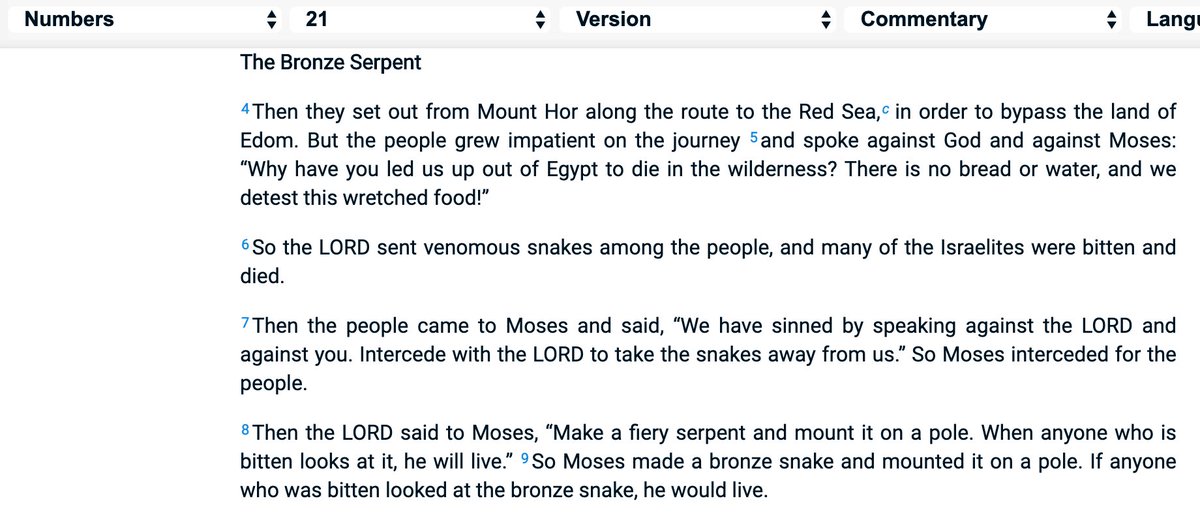
American software developer and philosophy enthusiast. Besides loving science, I enjoy theology, history, archaeology, technology, etc.
How to get URL link on X (Twitter) App


https://twitter.com/theosib2/status/1594038468287483905Jon D. Levenson in Resurrection and the Restoration of Israel (Yale, 2008) says that Zoroastrian theology "has obvious and striking connections with Jewish apocalyptic in general"...





